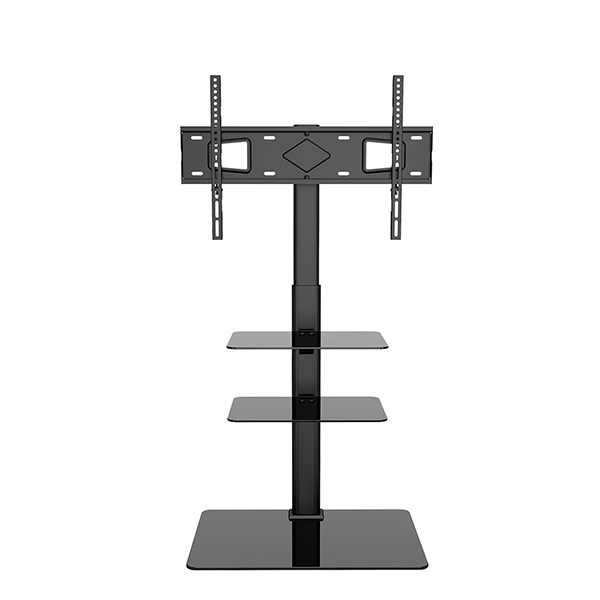Deciding whether to wall mount a TV or put it on a stand ultimately depends on your personal preferences, the layout of your space, and specific considerations. Both options offer distinct advantages and considerations, so let's explore the pros and cons of each:
Wall Mounting:
Advantages:
Space-saving and improved aesthetics: Wall mounting your TV allows you to free up floor space, creating a clean and uncluttered look in your room. It can also provide a sleek and modern appearance.
Optimal viewing angles and flexibility: With a wall-mounted TV, you have the flexibility to adjust the viewing angle to suit your preferences. You can tilt, swivel, or even use a full-motion TV mount to achieve the perfect viewing position.
Safety and durability: When properly installed, wall mounts provide a secure and stable setup, reducing the risk of accidents or tip-overs. They are designed to support the weight of the TV and offer peace of mind.
Considerations:
Installation requirements: Wall mounting requires drilling into the wall and properly anchoring the mount. It may involve more effort and expertise, especially if you need to deal with different wall types or hidden wiring.
Wall type and structural considerations: Some wall types, such as concrete or brick, may require additional tools or hardware for secure installation. It's important to ensure that your wall can support the weight of the TV and the mount.
Limited flexibility: Once a TV is wall-mounted, it becomes less convenient to adjust its position or move it to another location. This can be a disadvantage if you frequently rearrange your furniture or want the flexibility to move the TV to different rooms.
TV Stand:
Advantages:
Versatility and mobility: TV stands offer the convenience of mobility. You can easily reposition the TV and move it to different rooms or areas within the same room.
Cable management and easy access to components: TV stands often come with built-in cable management solutions, allowing you to keep cords organized and hidden from view. They also provide easy access to the TV's ports and connections.
Design and style options: TV stands come in a variety of designs, materials, and styles, allowing you to choose an option that matches your room decor and personal taste.
Considerations:
Floor space consumption: TV stands take up floor space, which can be a concern in smaller rooms or if you prefer a minimalist look.
Aesthetics: While TV stands offer design options, they may not provide the same sleek and streamlined appearance as wall-mounted TVs. The stand itself can be a visual element that may or may not align with your desired aesthetic.
Stability and safety: TV stands need to be stable and properly balanced to prevent tipping. This is especially important if you have children or pets in the house.
Ultimately, the decision between wall mounting and using a TV stand comes down to your specific needs and preferences. Consider factors such as available space, room layout, desired aesthetics, flexibility requirements, and safety considerations. By weighing these factors, you can make an informed decision that best suits your individual circumstances and enhances your overall TV viewing experience.
Post time: Aug-11-2023







